- EasyCard
- Trade
- Help
- Announcement
- Academy
- SWIFT Code
- Iban Number
- Referral
- Customer Service
- Blog
- Creator
Advice for Beginners: How to Use USDT to Avoid Money Laundering Risks
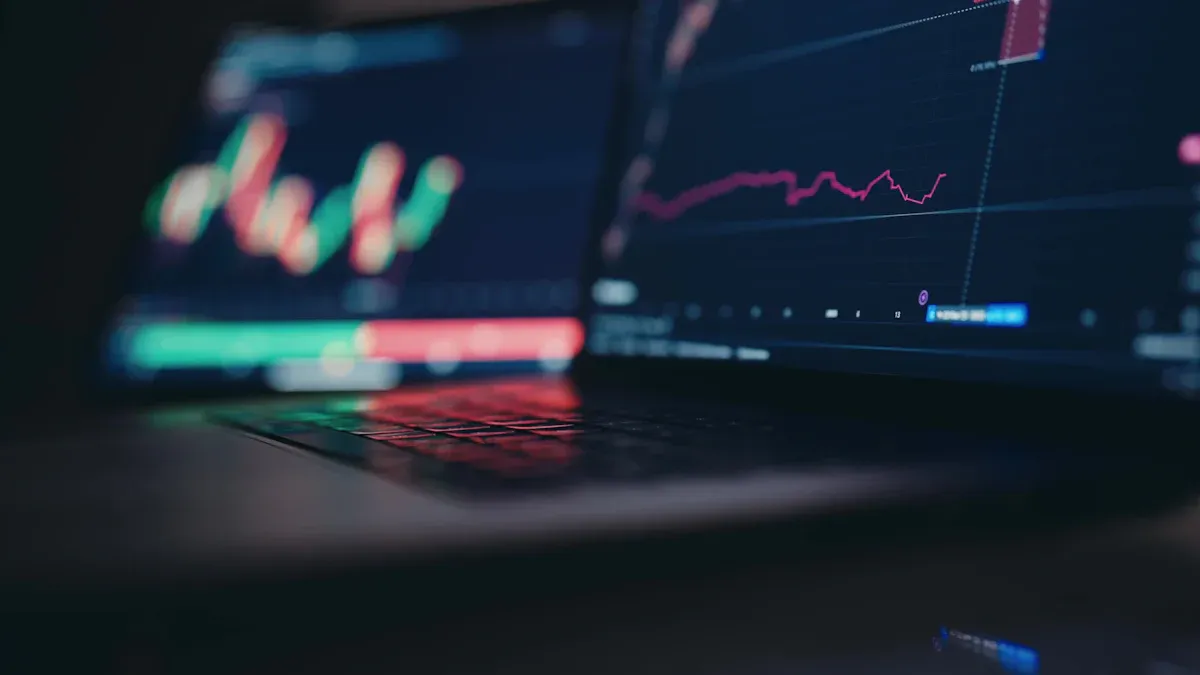
Image Source: pexels
How to avoid USDT money laundering risks? The answer is very direct: you must conduct all operations through well-known centralized exchanges with strict KYC (identity verification) and AML (anti-money laundering) policies, and keep complete records.
This is not only a technical issue but also a legal safety issue involving serious consequences such as money laundering crimes. Recently, Tether froze USDT worth $4.3 million in Brazil and cooperated with Chainalysis to recover funds. This clearly shows that regulation is tightening. Therefore, choosing a compliant platform is the only correct way to protect yourself and avoid money laundering risks.
Key Takeaways
- Choosing a compliant centralized exchange is the first step to avoid USDT money laundering risks.
- Only purchase USDT through official channels; do not conduct private transactions.
- Carefully verify the recipient address before transferring to prevent asset theft.
- Keep all USDT transaction records for emergencies.
- Security and compliance are always the top priority; do not take risks for convenience or low cost.
USDT Remittance Basics: Why and How to Avoid Money Laundering Risks
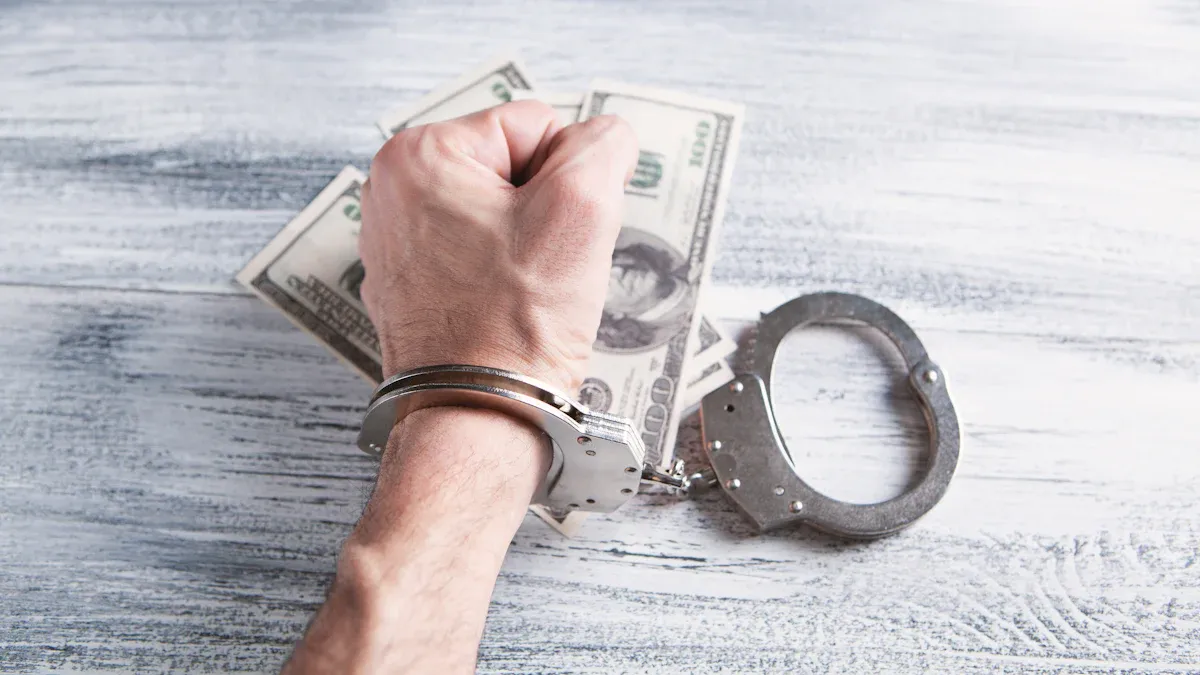
Image Source: unsplash
You need to first understand why USDT becomes a money laundering tool to know how to prevent it. This is not only a technical issue but directly relates to your fund security and legal responsibility.
Understanding the Inherent Risks of USDT
USDT transactions have pseudo-anonymity. This means that even if the fund flow is clearly visible, the real owner behind the funds is difficult to trace.
“Even if you know the destination, you don’t know who owns the destination. This is the so-called pseudo-anonymity or semi-anonymity.”
Criminals precisely exploit this to convert illegal funds into USDT, then disrupt transaction records through mixers and other tools, and finally “launder” them on loosely regulated platforms. They especially favor using the characteristics of different blockchains:
- TRC-20 USDT: Due to its low transfer fees and fast speed, it is often used for small-amount, high-frequency money laundering activities.
- ERC-20 USDT: Due to its deep integration into the DeFi ecosystem, it is often used to disguise as “normal investments” to cover illegal funds.
Interpol has launched multiple operations to combat such crimes, clearly pointing out that USDT channels and over-the-counter (OTC) transactions are current high-incidence areas for money laundering. Regulation is tightening globally, and luck should never be relied upon.
Choosing Compliant Exchanges: Your First Line of Defense
Facing the above risks, choosing a well-known exchange with strict KYC and AML policies is your first and most important line of defense to protect yourself. These platforms are key to helping you avoid money laundering risks. Compliant exchanges adopt a series of technical measures to protect users:
- Real-Time Transaction Monitoring: They track USDT flow on the blockchain and identify suspicious patterns.
- Wallet Risk Assessment: They score the risk of counterpart addresses to screen whether they are associated with illegal activities.
- Compliance with Regulations: They generate compliance reports and cooperate with regulatory agencies for investigations, freezing involved funds when necessary.
By trading through these platforms, your fund sources and destinations have clear and legal records.
Platforms and Transaction Methods You Must Avoid
You must firmly resist any unregulated platforms and transaction methods, especially privately conducted over-the-counter (OTC) and peer-to-peer (P2P) transactions. In mainland China, using these channels for transactions not only violates regulations but may also involve you in the risk of “illegal business operations”. Once your account is frozen due to receiving funds of unknown origin, you will face huge economic losses and legal troubles.
Cases like AlphaBay and other dark web markets have proven that P2P platforms lacking effective regulation are breeding grounds for illegal transactions. To completely avoid money laundering risks, you must reject all private transaction invitations outside compliant exchanges.
Safe Operation Trilogy: Full Process Guide from Deposit to Withdrawal
After understanding the risks and choosing a compliant platform, you also need to remain vigilant in every operation step. The following safe operation trilogy will guide you through the full process from deposit to withdrawal, building a truly secure fund closed loop.
Safe Deposit: Only Purchase Through Official Channels
Your first and most critical step is to ensure your USDT source is absolutely clean. You must only purchase USDT through compliant exchanges or their officially partnered payment channels.
Warning: Any private transactions through social groups or individual merchants hide huge risks. You may unknowingly receive funds from illegal activities. Once this happens, your bank account is highly likely to be frozen, or even involved in cybercrime investigations. Even if you are innocent, proving innocence will cost you a lot of time and effort.
To cut off risks from the source, you should choose platforms that provide official and traceable purchase channels. For example, compliant platforms like Biyapay integrate global Web3 payment service providers (such as Transak), allowing you to directly purchase USDT through regulated methods like Visa/Mastercard credit cards and bank transfers.
Here are some globally recognized compliant exchanges, highly praised for their strict compliance policies and user security measures:
| Platform | Recommendation Reason | CoinLedger Score |
|---|---|---|
| Kraken | Low fees | 9.5/10 |
| Coinbase | Easy to use | 8.9/10 |
| Gemini | Regulatory compliance | 8.9/10 |
| Binance/Binance.US | Most popular | 8.4/10 |
| Uniswap | Best decentralized exchange | 8.5/10 |
Choosing these platforms means every deposit has a clear source record, which is the first barrier to protect yourself.
Safe Transfer: Verify Recipient Address
When you need to transfer USDT to others, verifying the recipient address is the core link to prevent asset loss and involvement in risks. Hackers and scammers have designed various scams, the most common being “address poisoning” attacks.
This attack works very cunningly:
- Implant Address: Scammers monitor your transaction records. They generate a “vanity address” extremely similar to your frequent counterpart address (e.g., the first and last few characters are identical).
- Zero-Value Transfer: Then, they send a zero-value or very small USDT transaction to your wallet using this fake address.
- Induce Copying: This transaction appears in your wallet history. When you transfer next time, if you habitually copy the address from history, you are highly likely to copy this fake address in a hurry.
- Asset Loss: Once you send funds to this address, the transaction cannot be revoked, and your assets will be permanently lost. A trader once lost USDT worth $2.6 million due to such a scam.
To prevent such risks, you must take the following measures:
- Pre-Verification: Before any transfer, use professional address analysis tools to check the recipient address risk. Services like
AMLBotorBtracecan provide address risk scores, telling you whether it is associated with the dark web, scams, or stolen funds. - Enable Whitelist: Enable the “withdrawal address whitelist” function in your exchange or wallet (such as Biyapay). This is a powerful security setting that only allows transfers to pre-reviewed and saved addresses. Even if your account is stolen, hackers cannot transfer funds to their own addresses. Enabling this function usually requires logging into your account, finding “address management” in security settings, adding and verifying a new address, then turning on whitelist lock.
Tip: Never skip address verification for convenience. Before each transfer, completely and character-by-character verify the recipient address.
Safe Withdrawal: Complete Compliant Closed Loop
When you need to exchange USDT back to fiat currency, safe withdrawal is the final step to complete the entire compliant closed loop. The goal of this step is to ensure your funds return to your bank account through a legal and traceable path.
You must insist on withdrawal operations only through compliant platforms where you have completed KYC verification. For example, on platforms like Biyapay, you can exchange USDT for USD or other fiat currencies, then withdraw to your personally named and verified bank account (such as an account opened at a licensed bank in Hong Kong).
This process ensures fund flow transparency:
- Clear Source: Your USDT comes from compliant channels.
- Compliant Transactions: You operate within regulated platforms.
- Legal Destination: Funds ultimately enter your personally named bank account.
By completing such a complete closed loop from “fiat deposit -> compliant platform -> USDT -> compliant platform -> fiat withdrawal,” you establish a clear and legal evidence chain for all your operations. This not only effectively protects your asset security but is also the ultimate strategy to completely avoid money laundering risk involvement.
Advanced Risk Control: Identifying Traps and Keeping Evidence
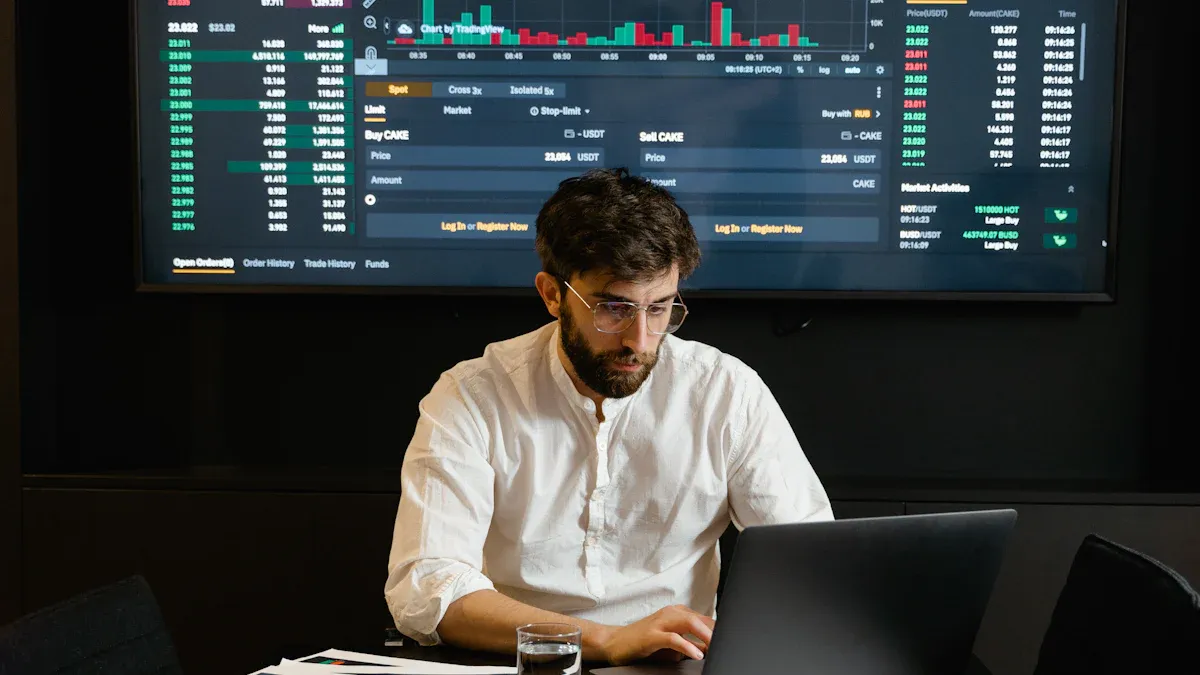
Image Source: pexels
After completing the safe operation trilogy, you also need to master some advanced risk control techniques. This can help you identify more hidden traps and establish a final defense line for future reviews.
Beware of Abnormal Prices and “Zero Fee” Temptations
When you see “zero fees” or USDT quotes far better than market prices, you must be vigilant. These are usually traps hiding higher costs.
- Spread Trap: Many C2C merchants profit by setting unfavorable exchange rates for you. For example, the real-time rate may be 1 USD = 7.80 fiat, but the merchant quotes 1 USDT = 7.95 fiat. The about 2% exchange rate loss is your hidden fee.
- Withdrawal Fees: Even if the platform advertises free transfers, it may charge fixed fees at withdrawal. Fees vary greatly across blockchain networks.
Real network fees are not zero. Choosing the right network can save you a lot of costs. For example, TRC-20 network fees are usually much lower than ERC-20.
| Blockchain | Average USDT Fee |
|---|---|
| TRON (TRC20) | $1–$3 |
| Ethereum (ERC20) | $5–$50 |
Before trading, you must carefully compare different merchants’ quotes and platforms’ withdrawal fee tables to avoid losing big for small gains.
Reject Private Transactions: Avoid Money Laundering Risks from the Source
You must reject any form of private transactions, whether through social groups or face-to-face cash trades. This is not only for fund security but also to avoid serious legal risks.
In the US, any unlicensed money transmission business may face severe legal sanctions. According to the US Code (18 U.S. Code § 1960), operating an unlicensed money transmission business may lead to up to 5 years imprisonment. Recent judicial cases show some individuals were charged as accomplices of money laundering gangs for assisting in converting large amounts of cash exchange into USDT. When you conduct private transactions, you cannot know the source of the other party’s funds, easily becoming a link in the crime chain.
Keep Complete Records: The Ultimate Barrier Against Reviews
Keeping complete records of every USDT operation is your ultimate barrier to protect yourself. In possible future legal disputes, asset divisions, or fraud investigations, these records are key evidence to prove your innocence.
You should archive the following key information for every transaction:
- Transaction amount
- Counterparty addresses (your address and recipient address)
- Transaction timestamp
- Transaction hash (Transaction Hash)
- Transaction status (whether completed)
Fortunately, all compliant exchanges provide export transaction history functions. You can regularly log into your Binance, OKX, etc., accounts, go to “order history” or “transaction history” page, select time range and account, generate and download reports containing all the above information. Developing the habit of regularly backing up these records is an important step to completely avoid money laundering risk involvement.
Your core principle is only one: compliance first. You must always operate through top exchanges with strict KYC/AML policies (such as Coinbase, Kraken). These platforms handle complex global regulatory requirements for you, such as the Financial Action Task Force (FATF) “Travel Rule”.
To implement the principle into action, remember three key actions:
- Verify transaction counterparts
- Reject private transactions
- Keep complete records
Finally, when security conflicts with convenience or cost, always put security and compliance first. This is the only correct way to completely avoid money laundering risks.
FAQ
What if my bank account or exchange account is frozen?
You should immediately contact platform customer service. Proactively provide your retained transaction records and transaction hash (TxID) to prove the legitimate source of funds. This once again highlights the importance of operating only on compliant platforms and keeping complete records.
Do P2P/C2C transactions in large exchanges also need to be avoided?
Yes. Even within well-known exchanges, P2P transactions let you trade directly with individuals, and you cannot guarantee the cleanliness of the other party’s fund sources. To completely avoid risks, prioritize the exchange’s official buying and selling channels over P2P mode.
If I only hold USDT without trading, will there be risks?
The risk depends on your USDT source. If obtained through non-compliant channels like private transactions, holding itself poses hidden dangers. In the future, when you need to use or sell this asset, you will have difficulty proving its legitimate source.
How to prove to regulatory agencies that my funds are clean?
The best proof is your complete fund closed loop records. This includes: the full process records from your personal bank account deposit to compliant exchange, and from exchange withdrawal to your personal bank account. These records are your key evidence.
*This article is provided for general information purposes and does not constitute legal, tax or other professional advice from BiyaPay or its subsidiaries and its affiliates, and it is not intended as a substitute for obtaining advice from a financial advisor or any other professional.
We make no representations, warranties or warranties, express or implied, as to the accuracy, completeness or timeliness of the contents of this publication.
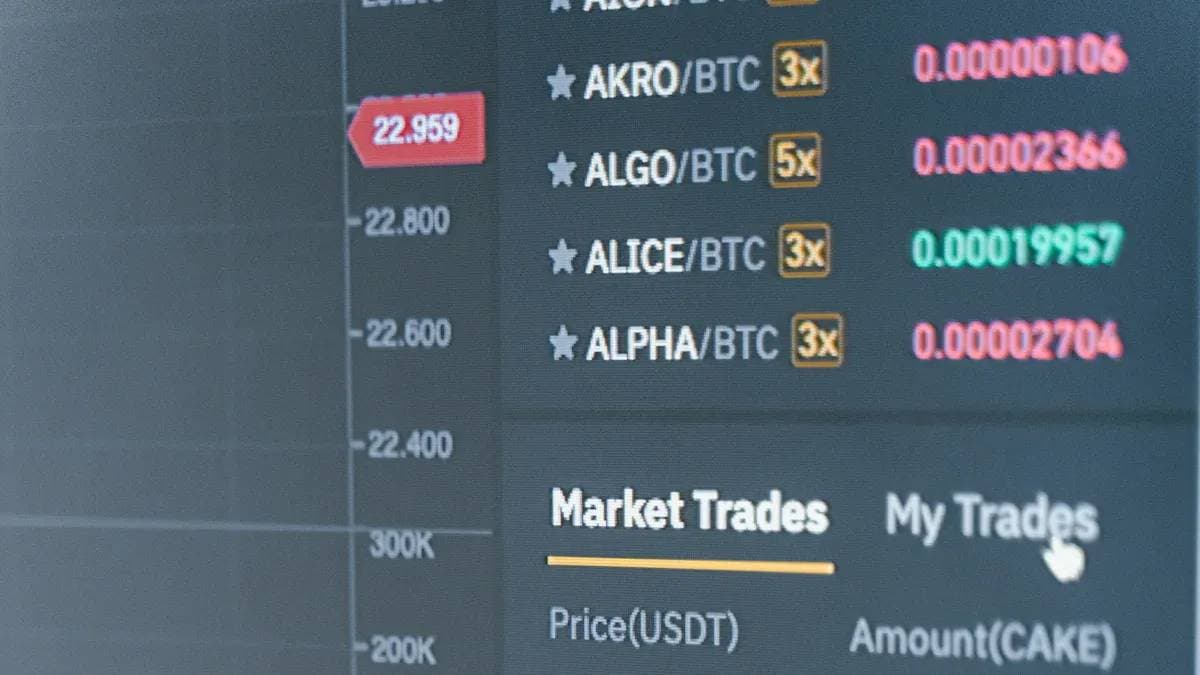
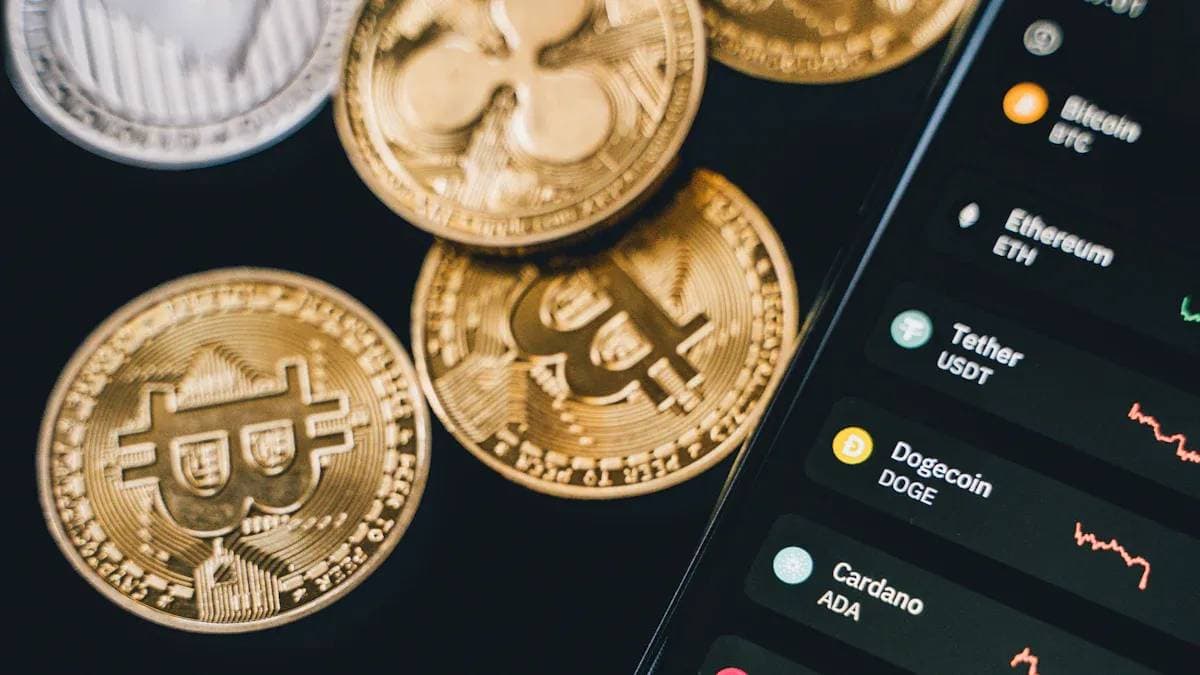
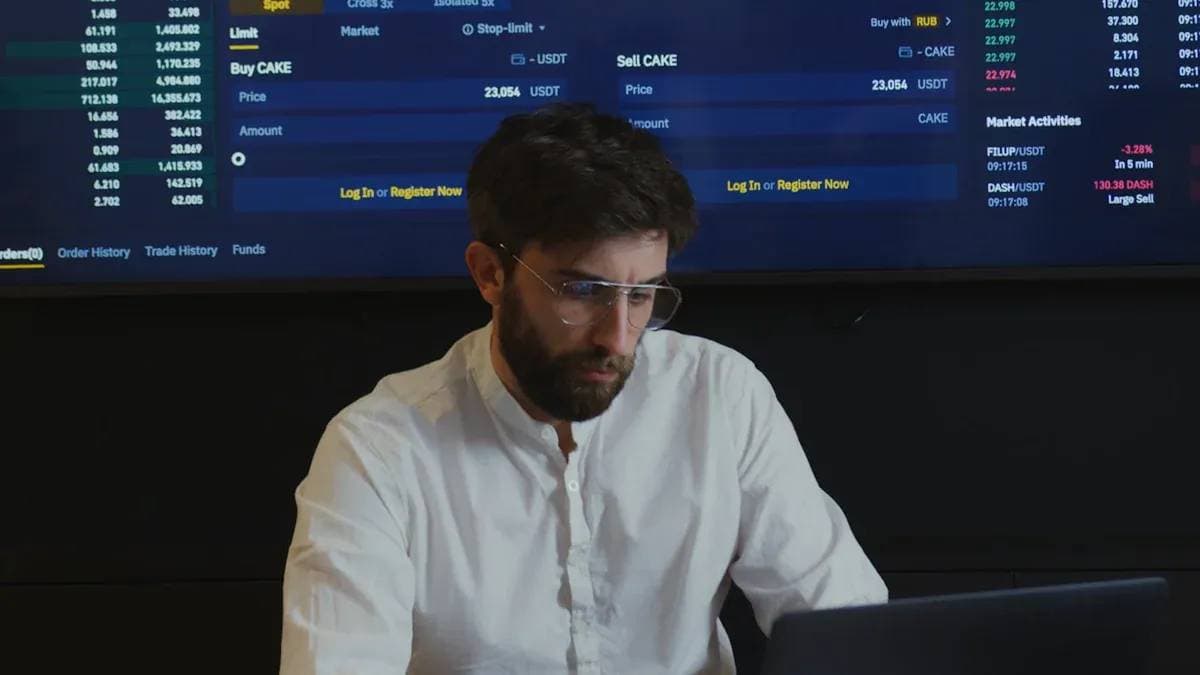
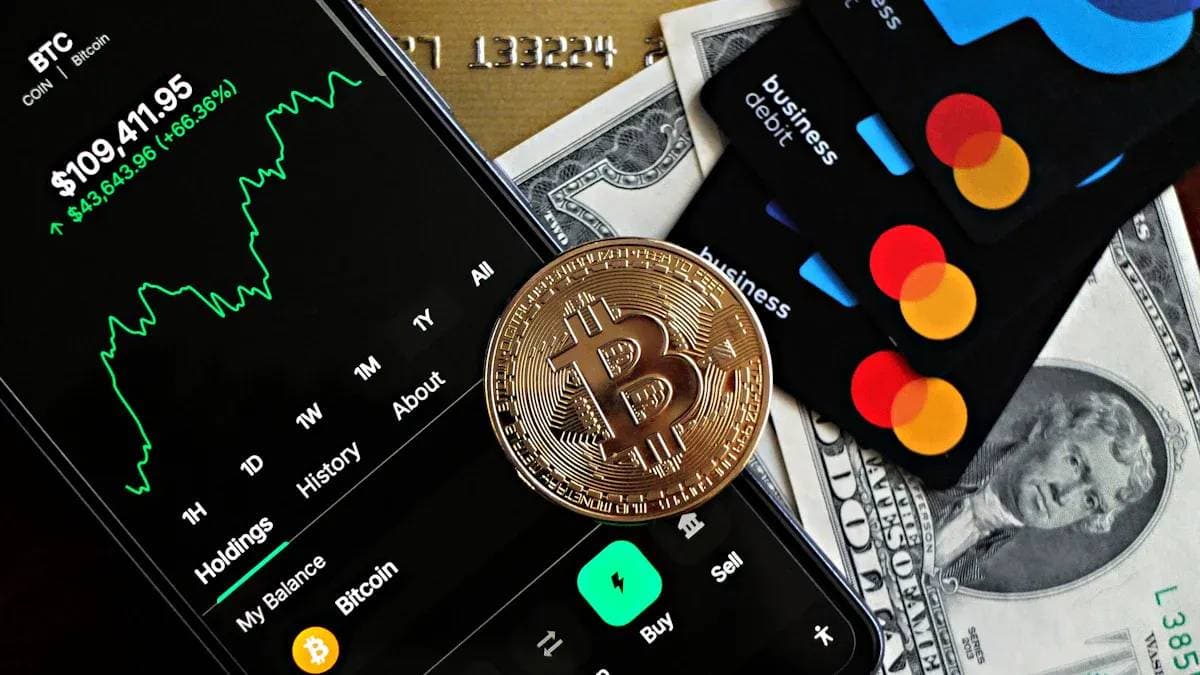
Contact Us
Company and Team
BiyaPay Products
Customer Services
BIYA GLOBAL LLC is a licensed entity registered with the U.S. Securities and Exchange Commission (SEC No.: 802-127417); a certified member of the Financial Industry Regulatory Authority (FINRA) (Central Registration Depository CRD No.: 325027); regulated by the Financial Industry Regulatory Authority (FINRA) and the U.S. Securities and Exchange Commission (SEC).
BIYA GLOBAL LLC is registered with the Financial Crimes Enforcement Network (FinCEN), an agency under the U.S. Department of the Treasury, as a Money Services Business (MSB), with registration number 31000218637349, and regulated by the Financial Crimes Enforcement Network (FinCEN).
BIYA GLOBAL LIMITED is a registered Financial Service Provider (FSP) in New Zealand, with registration number FSP1007221, and is also a registered member of the Financial Services Complaints Limited (FSCL), an independent dispute resolution scheme in New Zealand.




















